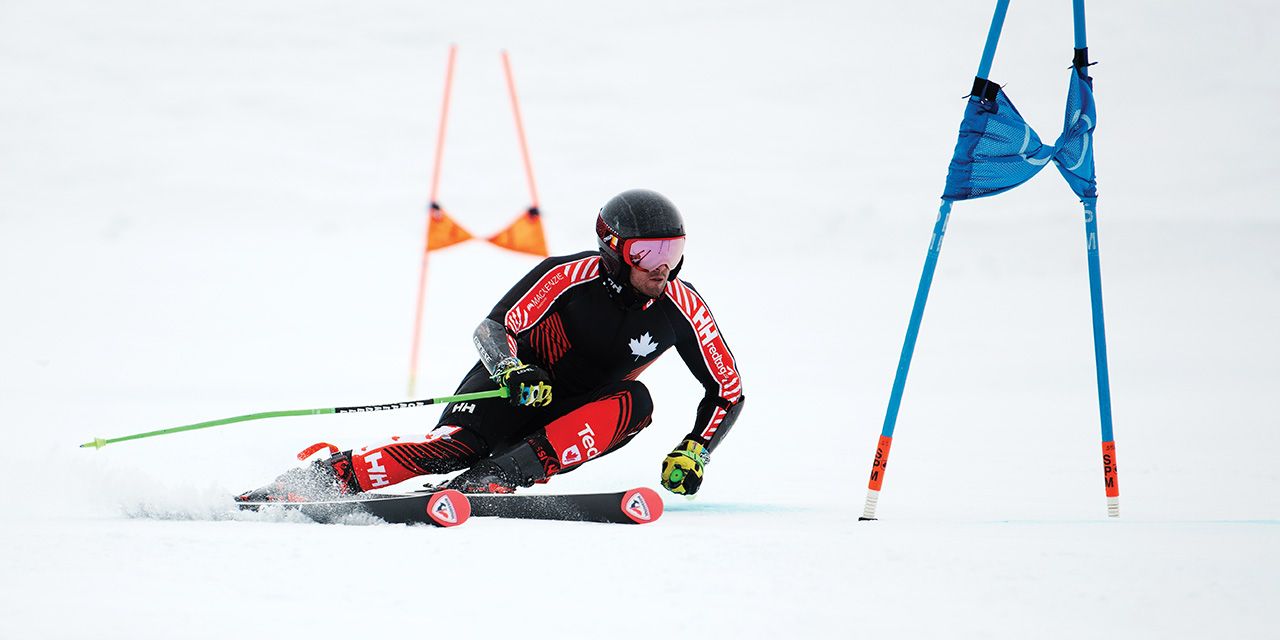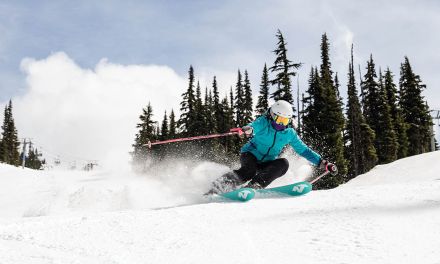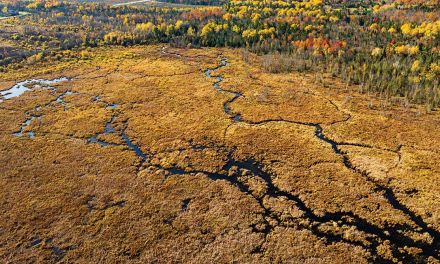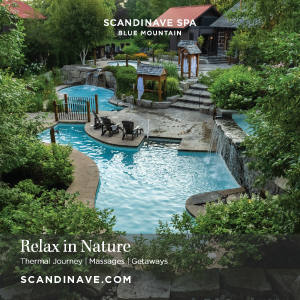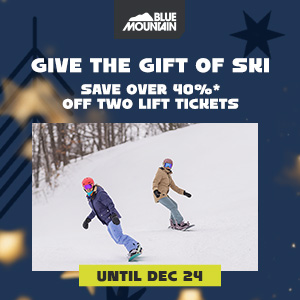In Conversation with Kyle Blandford
By Cara Williams | Photography courtesy of Alpine Canada
Clarksburg’s Kyle Blandford first clicked into skis at age six. From those early days at Toronto Ski Club (TSC), he moved steadily through Ontario’s development pipeline—rising from Snow Stars to the Ontario Ski Team. Along the way, he built a name for himself on the national and international stage, with podium finishes in U21 Nor-Am events, a third-place at the Canadian Giant Slalom National Championships, and a fourth-place team result at the World Junior Championships.
When faced with the choice between a U.S. university offer and continuing his development in Canada, Kyle stayed the course—joining the Canadian Alpine Ski Team in 2024. Now 22 and in his second season, he’s racing Downhill, Super G, and Giant Slalom, named to Alpine Canada’s Olympic long list, and aiming for his first World Cup start. Training alongside top-tier athletes—including fellow Escarpment skier and Hahnenkamm champion Jack Crawford—he’s learning from the best while carving his own path.
We caught up with Kyle between training camps to talk about his roots, rookie moments, and what it takes to turn small-hill dreams into big-mountain results.
Cara Williams: First off—congratulations! How did it feel when you found out you made the Canadian Alpine Ski Team?
Kyle Blandford: The feeling was unreal. My family and I were very excited that I got to have this opportunity. It was a dream come true. It’s the kind of moment you work toward for years, and now I’m looking forward to making the most of it. I’ve had the goal of being on the Canadian Ski Team since I was 12 years old.
CW: What drew you to ski racing, and what do you remember most about those early years at Toronto Ski Club?
KB: What drew me most was the feeling of going fast while being in control—it’s a kind of freedom that’s hard to describe. I remember having so much fun in group lessons, going into the terrain park, skiing the trees, and just enjoying that sense of freedom. I had some great coaches who made training fun. I didn’t start racing as early as some others because I lived in London, and we only came up on weekends.
CW: Throughout junior ski racing, your pathway kept building: U16 at Georgian Peaks, then to the Southern Ontario Division (SOD) Team, then onto the Ontario Team. At any point, did you consider the U.S. academy route like Burke Mountain Academy or Green Mountain Valley School?
KB: I had some discussions with my family about going to a U.S. academy going into my first year of FIS. But I had a really strong and competitive group of teammates in the SOD program, which made me want to stay. We also had great conversations with people like Kip Harrington and staff from both SOD and the Ontario Ski Team. They helped me see the value of staying in Ontario and aiming for NCAA—or even the national team.
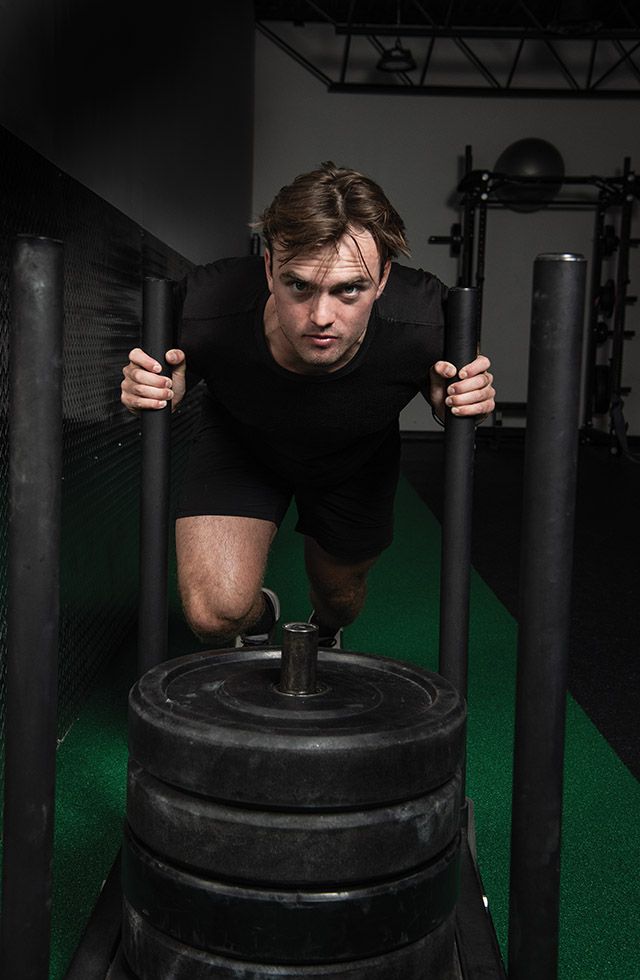
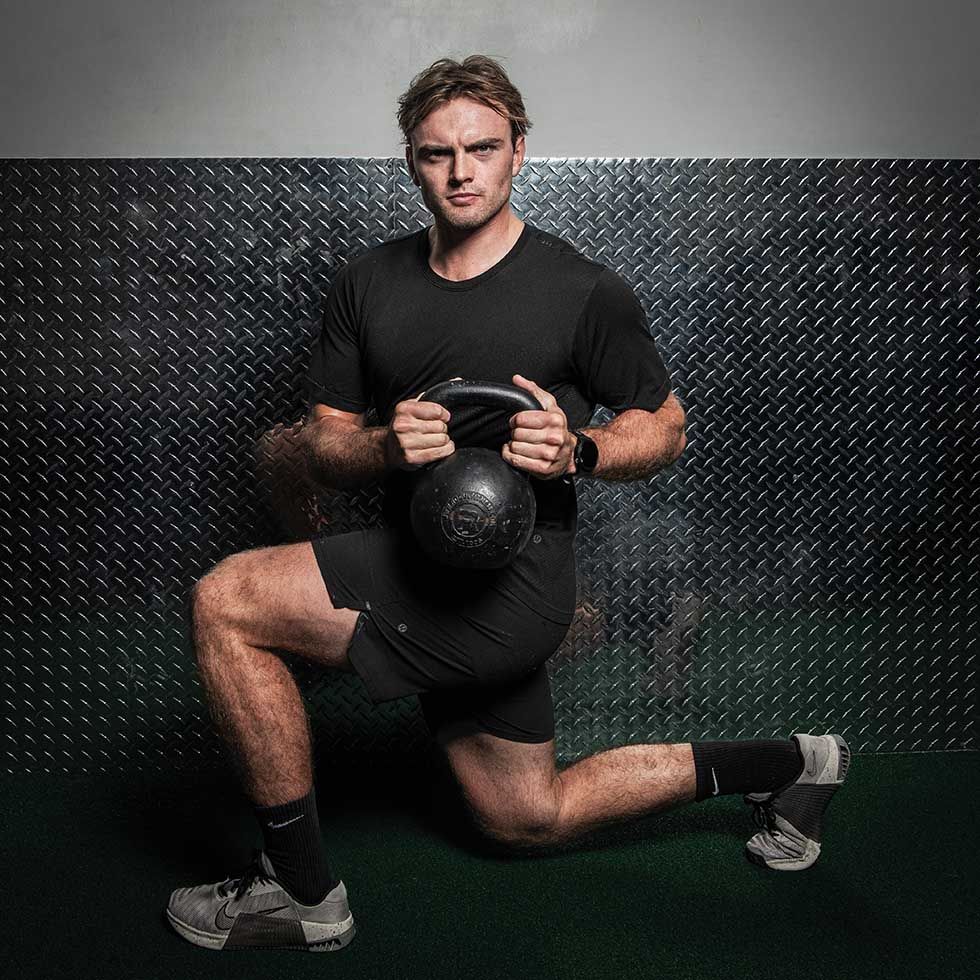
CW: Like most ski racers, you missed a lot of school— upwards of 80 days a year in high school. Was it tough to juggle academics and training?
KB: For sure, it was tough managing academics with ski training and racing, but I went to a really good sports school, Oakville Trafalgar High School. The school supported a flexible academic structure for Grades 11 and 12. I also had amazing teachers and staff who valued sports. One mentor in particular, Wendy Malloch, played a huge role in keeping me on track. Having that kind of support system made a massive difference in both my education and my ability to pursue the sport seriously.
CW: You also have a background in other sports—track, hockey, even varsity volleyball. How did being a multi-sport athlete help you develop as a skier?
KB: Being a multi-sport athlete has been a huge advantage for me as a skier. Playing varsity team sports like hockey and volleyball gave me a broader set of physical and mental skills that carry over to skiing. Some of my best memories growing up are from competing in different sports and feeding off that competitive drive.
CW: You were offered a spot on the Montana State University Alpine Ski Team. What made you decide to stay in Canada and stick with the national team?
KB: I feel really fortunate to have been offered a spot at Montana State. It was a huge goal of mine to go to an NCAA school. They have an excellent program and team. For me, it came down to what I wanted to achieve personally in the sport. As a speed skier, it made the most sense to stay in Canada and continue developing within the national team program, given that NCAA programs and racing only focus on slalom and giant slalom.
CW: Has anyone on the team taken you under their wing or offered some solid advice?
KB: Honestly, everyone on the team has been great in offering advice, guidance, and little tips here and there. If I had to single out one person, I’d say Jack Crawford has been especially good with the new athletes. Having someone like him, who’s been through it all, makes a huge difference. He sets a high standard but is also approachable and encouraging.
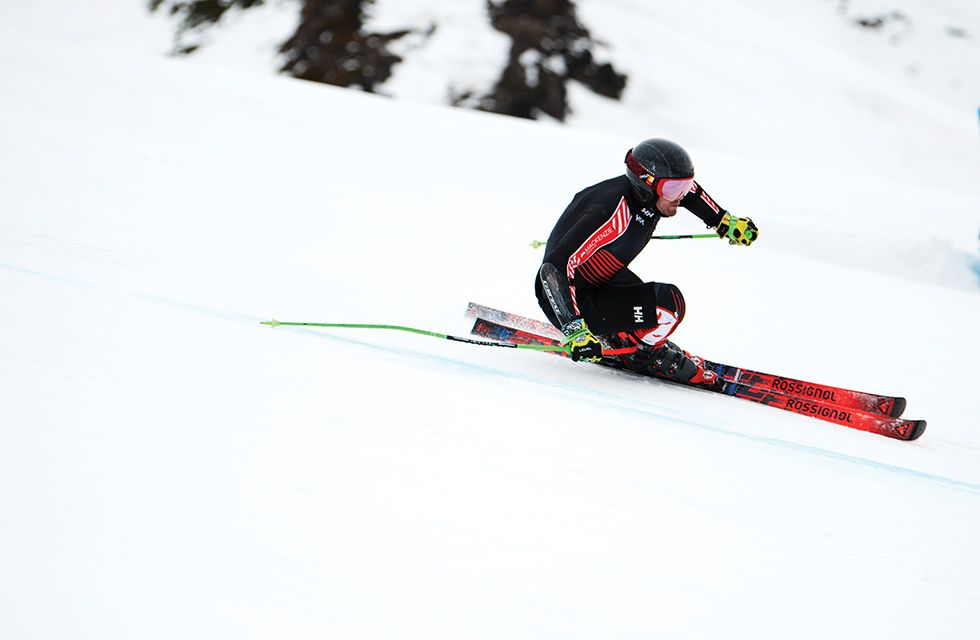
CW: Any rookie moments you’re willing to share?
KB: No crazy rookie moments yet, but I’m still in the process of learning the ropes. The biggest adjustment has been adapting to life on a true high-performance team. The commitment and professionalism are on another level. Every detail—from training to recovery—is dialled in, and it’s pushed me to raise my standards. It was overwhelming at first, but I’m finding my rhythm and growing a lot because of it.
CW: What does a typical training day look like for you right now?
KB: The first camp was in Saas-Fee, Switzerland, and the schedule was pretty intense. We’re up early—around 4:00 a.m.—to load at 5:15 a.m. so that we can get the best snow conditions. We start with a proper warm-up before getting into training runs. On a typical day we’ll do anywhere from 8 to 12 runs, depending on the focus, and then finish off with a cool down to make sure we’re recovering properly. After skiing, there’s dryland or weight training, recovery work, and video review. We also meet with our service team to go over equipment. The day usually ends with a team debrief. It’s a full schedule, but that’s what it takes to perform at the highest level.
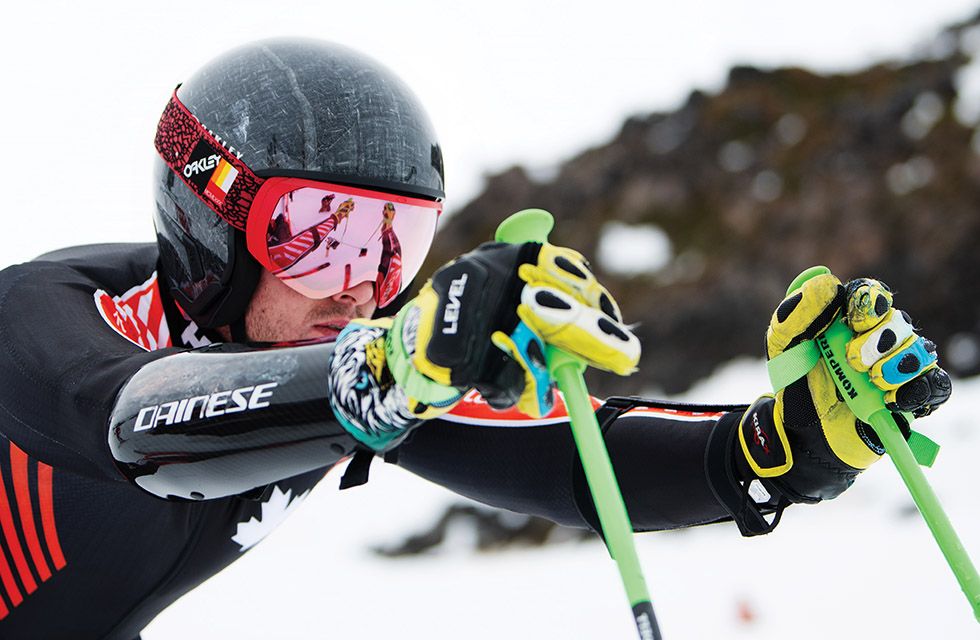
CW: Are there any specific goals or benchmarks you’ve set for yourself?
KB: I’ve set a few ambitious but realistic goals. I’d like to find success on the Europa Cup circuit, go after a Nor-Am title, and earn a World Cup start. At the same time, I’ll try to keep things simple by focusing on the process—continuing to improve my skiing, building consistency, and finding a little more speed with each race. I know if I stick to that approach, the results will come.
CW: Alpine Canada recently named you to its Olympic long list. What was it like seeing your name there—and what does that mean for your season ahead?
KB: Just seeing my name on that list was a surreal moment and something that really motivates me. The Olympics have always been a lifetime goal—it’s what you dream about as a kid when you first put on skis, and to be on that path now is exciting. It’s also a reminder of how much work still lies ahead, but that part I enjoy.
CW: What’s one piece of advice you’d give to young skiers growing up on the Escarpment dreaming of racing for Canada?
KB: The biggest piece of advice I’d give is to make sure you’re having fun. It’s important to try different sports, spend time with friends, and enjoy the process. That’s what builds not just athletic ability but also passion for the sport. Skiing at a high level requires commitment, but if you don’t have that balance early on, it’s easy to burn out. I’d also say to believe in what’s possible. If you’re passionate and committed, you can absolutely make it to the highest level. E
SUPPORT KYLE
Kyle is halfway to his $60,000 fundraising goal for the season. He’s once again being supported by Path to the Podium—an annual event dedicated to raising funds for Escarpment-based World Cup racers. This year’s event takes place Saturday, November 22 at Georgian Peaks Ski Club. 100% of funds raised will go toward supporting team expenses for national-level athletes with roots on the Escarpment and addressing program gaps for NextGen athletes through qualified coaching and development.
To support Kyle directly, email Kyle.Blandford2025@gmail.com to receive his sponsorship package.

